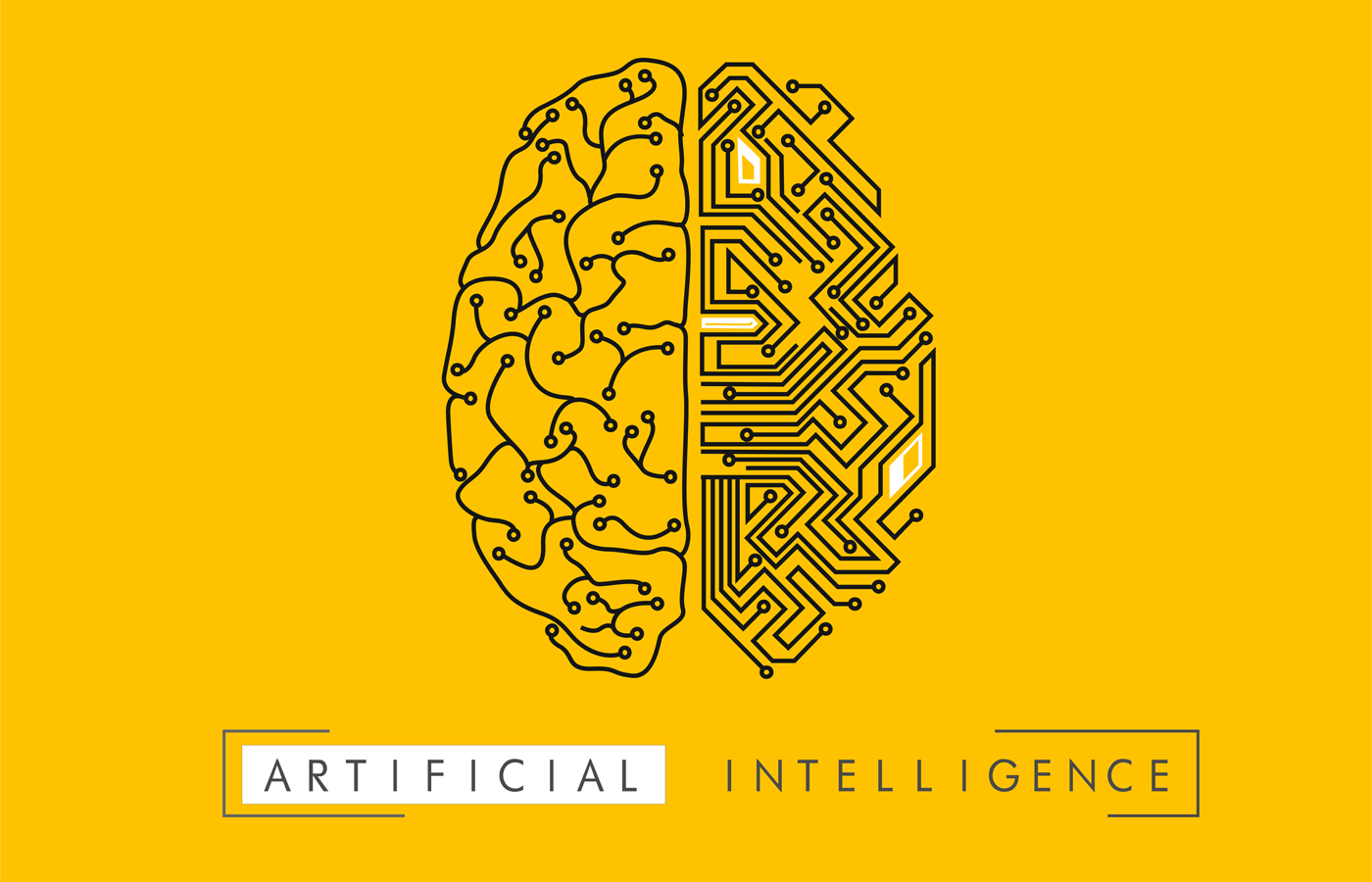Just over a year following the release of ChatGPT by OpenAI, various enterprises, services, and public institutions are swiftly embracing the potential of generative AI through novel applications and services. According to Gartner, the utilization of generative AI tools is projected to explain and modernize legacy business applications by 70% by 2027.
While generative AI has emerged as a frontrunner in enhancing business operations, three primary AI disciplines are vying to assist businesses in accelerating data utilization effectively. These key AI workloads for operational excellence encompass conversational AI, computer vision, and digital twins.
Conversational AI: Revolutionizing Customer Service Continuously
Amid the surge in generative AI, industries are leveraging conversational AI capabilities to propel their products and services forward. These capabilities facilitate seamless communication with various devices and systems such as cars, phones, and service kiosks.
Conversational AI applications play a pivotal role in streamlining customer and patient management, reducing wait times, and enhancing productivity, accuracy, and overall satisfaction in high-traffic settings.
Industry leaders are harnessing conversational AI to broaden access to their global customer base significantly through the following examples:
Customization of Speech AI
Tailoring speech applications enhances customer and employee experiences, fostering stronger relationships. Enterprises worldwide prioritize offering distinctive end-to-end services to clients through digital, data, and cloud platforms.
For instance, NCS, a technology partner of the Singapore government, developed Breeze, a local navigation app featuring a native Singaporean voice proficient in pronouncing local phrases and street names in Mandarin, Hokkien, Malay, or Tamil.
Automation of Check-In Processes and Voice Alerts
The integration of AI into voice recognition amplifies customer satisfaction and service efficiency. For instance, Artisight, an operations company in the Midwest, provides an automated smart hospital service that reduces patient wait times by up to 50% through a voice-enabled check-in process. This automation minimizes data entry errors and scales workflows, enabling top hospitals to coordinate care for over 1,200 patients daily.
Computer Vision: Enhancing Safety and Efficiency Continuously
Various sectors, including cities, retailers, transportation firms, and manufacturers, are embracing computer vision to automate processes for critical applications like detecting manufacturing issues and enhancing workplace safety.
Computer vision encompasses deep neural networks that emulate human-like vision capabilities, with segmentation, classification, and detection being the primary areas of focus. Industries are widely adopting computer vision for diverse applications:
Industrial Manufacturing (Factories)
Companies utilize computer vision to identify unsafe working conditions, faulty equipment, and hazardous materials to mitigate the nearly 340 million occupational accidents occurring annually.
Pegatron, a Taipei-based manufacturer, employs computer vision to oversee the production of 300 products and over 5,000 parts daily. The factory effectively detects defects, achieving 99.8% accuracy through automated optical inspection systems.
Retail
Retailers leverage computer vision for sales optimization, enhancing customer satisfaction, reducing theft, and managing inventory efficiently.
Kroger, the largest grocer in the U.S., leverages AI applications and services to revolutionize the shopping experience. Through computer vision and analytics, Kroger detects signs of produce spoilage early, optimizes store operations, and provides analytical insights on store traffic trends, customer behavior, and aisle occupancy.
Environmental Sustainability
In addressing environmental challenges like wildfires, Chooch, a Silicon Valley startup, offers a generative AI tool that accurately identifies the presence of smoke in images. This tool significantly reduces false positives, equipping California firefighters with real-time alerts on their smartphones and PCs for prompt responses.
Digital Twins: Transforming Operational Efficiency Remarkably
Industries are increasingly digitizing their industrial datasets and systems to create digital replicas of physical objects such as homes, factories, and wind turbines.
Digital twins facilitate complex simulations, mitigate risks, and foster collaborative work environments. Simulating numerous scenarios can save substantial time, budget, and resources. Industries are at the forefront of digital twins adoption in the following domains:
Factory Design
BMW, renowned for its robotics integration in logistics, implements AI, digital twin simulation, and high-performance server technology to enhance its robots’ capabilities in recognizing obstacles. This technology enables BMW’s 57,000 factory workers to collaborate safely and efficiently with robots on factory lines producing up to 10 different car models in 2,100 configurations.
Energy Optimization
Siemens Gamesa Renewable Energy utilizes physics-informed digital twins of wind farms to generate electricity for various sectors. With thousands of turbines producing over 100 gigawatts annually, Siemens optimizes wind farm layouts swiftly using AI, enhancing energy production while reducing costs.
5G Network Deployment
Telecommunication companies worldwide plan to deploy over 17 million 5G microcells and towers by 2025. HEAVY.AI, based in Silicon Valley, offers HeavyRF, a network planning and operations platform employing digital twins to test radio frequency propagation scenarios rapidly. This results in precise placement of base stations and microcells during installation, leading to significant time and cost savings.
In Summary: Mastering AI Fundamentals for Business Success
By leveraging computer vision for safety, conversational AI for enhanced customer experiences, and digital twins for operational optimization, businesses can establish robust AI strategies. These foundational AI disciplines are instrumental in driving competitive advantages, boosting revenue, fostering customer loyalty, and improving productivity.
About the Author: Himanshu Iyer, Senior Industry Manager, Manufacturing, NVIDIA










